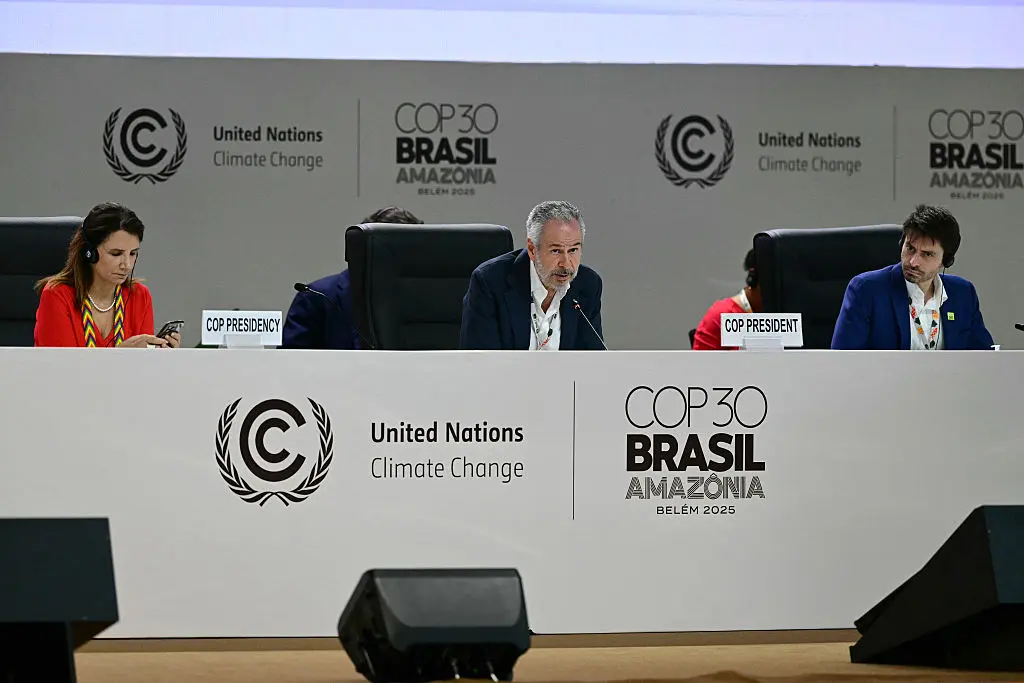Economists are concerned that the lower-than-expected interest rate hike in October could cause the Reserve Bank of Australia (RBA) to prolong its tightening cycle and eventually end up driving rates higher to bring down demand for goods and services.
Following the RBA’s latest 0.25 percent increase in the official cash rate, some economists revised their forecasts for the peak rate.





